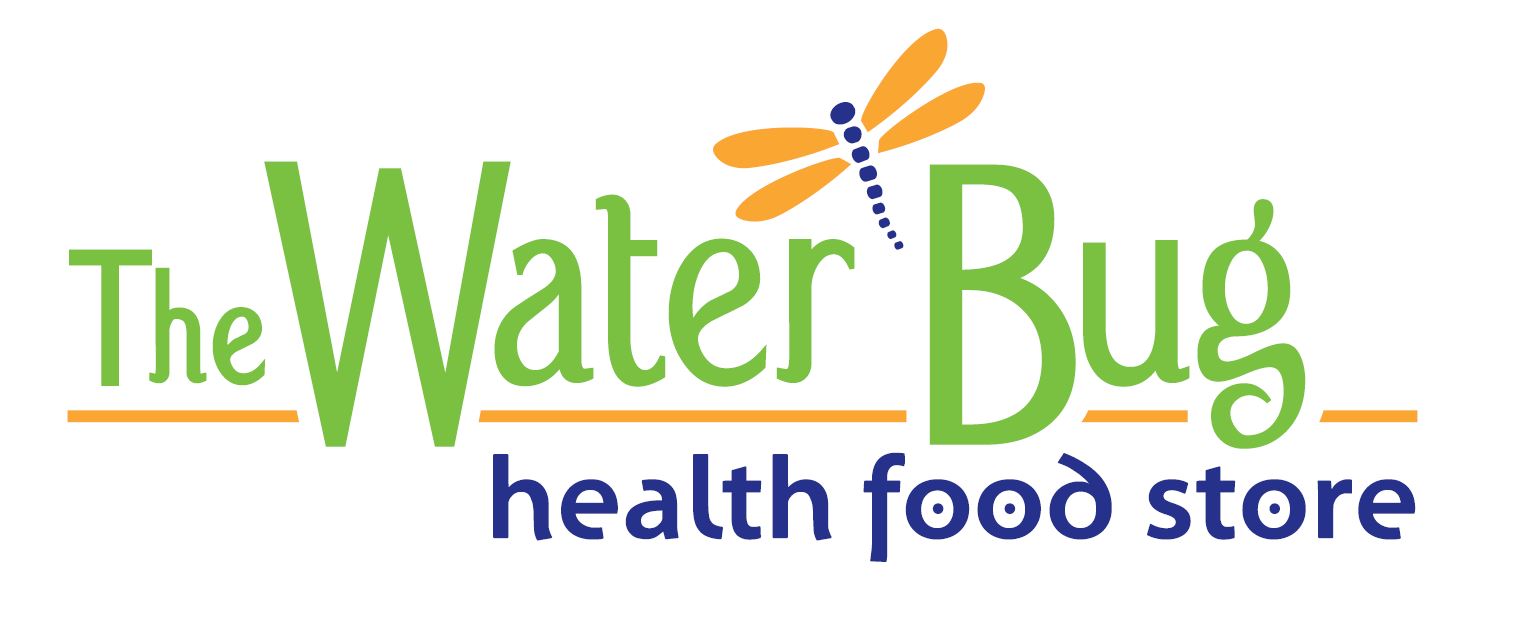
The prevalence of food allergy and intolerance is on the rise in urbanized countries, now affecting one in five people.
Health care practitioners often misuse the terms food allergy, intolerance, and sensitivity in conversation. Knowing what type of food reaction you’re experiencing is key for making appropriate dietary choices that address the underlying problem.
What’s in a name?
Food allergy
Food allergy is a pathological immune reaction against normally harmless proteins in foods, which can be life-threatening. This immune reaction can trigger acute symptoms in the gut, skin, respiratory tract, cardiovascular system, and neurological system.
Common food allergens include dairy, egg, fish, shellfish, tree nuts, peanuts, soy, and wheat.
Food intolerance
Food intolerance is a non-immune mediated reaction arising from an insufficiency of enzymes required to break down a specific component of food. This reaction commonly causes gastrointestinal symptoms such as diarrhea.
Common causes of food intolerance include lactose, gluten, FODMAPs (a group of short-chain carbohydrates), additives, and biogenic amines such as histamine.
Food sensitivity
A food sensitivity is an adverse reaction to food that is not related to food allergy, food intolerance, or celiac disease.
Food sensitivities can cause digestive issues in addition to widespread symptoms such as chronic joint pain, fatigue, rash, and brain fog.
In contrast to fast-acting food allergy, food sensitivity reactions may be delayed hours to days after eating the problematic food. To complicate matters further, reactions may not occur every time you eat the food.
Diagnosis and management
Begin by asking your family doctor for a referral to an allergist. Food allergy is best managed with complete avoidance and emergency medication.
If your allergy testing comes back normal, then you might want to consider intolerance or sensitivity as the cause of your symptoms. Harvard Health considers the elimination diet to be the gold standard for identifying problematic foods.
Elimination diet how-to
This diagnostic tool involves a brief elimination of common food culprits, followed by a food reintroduction phase.
Elimination phase
Foods that are commonly removed during the elimination phase include dairy, eggs, wheat, sugar, soy, potato, tomato, corn, strawberries, and nuts.
The general guideline is to maintain a symptom-free state for two to four weeks before the reintroduction phase.
Reintroduction phase
Reintroduce a single food at a time and have a couple of servings per day for a few consecutive days. To test dairy, for instance, you could have cheese, yogurt, and milk on back-to-back days.
Observe whether this food reintroduction triggers your symptoms. If it does, then it’s a problematic food that is best kept out of your regular diet. Wait until your symptoms clear before reintroducing the next food on your list.
If the food doesn’t cause any symptoms, then you can keep eating that food and proceed to testing the next. Continue until you’ve reintroduced all the foods you’d eliminated.
By Dr. Cassie Irwin









